Lighting Design Rules: How to Select the Best Lighting For Your Home

Today, we're going to talk about lighting design rules. I'll teach you how to light a room correctly, select the appropriate lighting, and light in layers. Lighting is a crucial design element in any room, so let's dive in.
Table of contents
What is the room used for?
When choosing lighting for a room, the most important question you need to ask yourself is how and when the room will be used.
So, the first thing we need to determine is whether there is a room where there will be work done. Is it a room used for relaxing? Is it a room used for creating?
Each one of those answers will tell you a different way to light the room. I always light a room in layers. I start from the ceiling and work my way down.
Types of lighting
So, let's talk about types of lighting.
Ambient lighting
There is ambient light: your pot lights and your ceiling fixture. So that's what will light up the whole room somewhat evenly.
Task lighting
Then we need task lights.
We use these lights at a desk by our bed or on a side table if we're sitting in the living room and want to read. These are the main lights you want to consider.
Accent lighting
Next, there is accent lighting, like sconces.
Sconces are placed on the walls, and they help light up a room at eye level. Then there are lights like furniture lights. Whether LED or puck lights, they will light up the inside of your shelves, for example. They can also be used to highlight architectural details.
That light can come from the floor and help create shadows.
For example, in a plant pot, if you light up the plant from the bottom, you will cast shadows on the wall, which will help create mood.
Mood
Mood and use of the room are tied together. Do you want that room to have a relaxed mood if you're using it in the evening and for relaxing, or do you want it to keep us awake and active, for example, in an office?
We need to know how to properly light the room for the functions.
The brightness of the light is calculated in lumens.
Let's look at this chart, and I'll explain how to correctly calculate the right amount of lumens for the room.
So let's take a bedroom. If our bedroom is 3 meters by 4 meters wide, we will refer to the graph and see that we need 200 lumens for a bedroom.
So we tell you our calculations three by 4, multiply it by 200, and now know that we need 2400 lumens to light that room properly. When you buy your bulbs, you'll have the lumens and the wattage written on them.
For a 60-watt bulb, we know we will need four bulbs to get to our 2 400 lumens.
That information, again, is on not only the box but the bulb itself.
The next consideration is the temperature of the light.
So 3,000 would be a neutral temperature and color, and that light will be cooler as we go up. The warmer the light, the more relaxed we will be. The cooler the light, the more active.
The next consideration, which most people don't have to worry about, is the color rendering index. I'm bringing this up because if you're an artist or have a dedicated space where you put on makeup or for myself, in my office where I need to see truer colors, you want to look at the color rendering index.
The higher the color rendering index, the truer the color we see.
Remember, we need light to see color, but not all light is equal. In my office, we use a 96-color rendering index to correctly see the quality of the color of the fabrics we choose.
Style
Now that we've properly lit our room and we've lit the room in layers, the next consideration will be the style and the mood you want created in that room.
For your style, you won't want to choose an industrial light if the style you're going for is traditional. The same goes for a modern light if you want a bohemian look.
To achieve the complete mood of the room, you want to make sure that you are corresponding with your lighting selection, not only with the proper wattage and color of light, but with the style that you're choosing to really bring the design together and make it all cohesive.
Dimmers
The last tip I offer all my clients for properly lighting a room is to put all your light sources on dimmers where possible.
It is very common for each of my rooms to have five or six switches so that each light source can be controlled separately. Then, depending on the mood you want to create, if they're on dimmers, you can play with that to get the vibe you want.
So remember, we're looking at the lumens, which is incredibly important. We are looking at the wattage, the color of the light, the quality of that light, and then lastly, the style of the fixtures themselves.
Lighting design rules
I hope today's lesson on lighting design rules has been helpful. What style of lighting is your favorite? Share your ideas in the comments below.
Disclaimer: I may receive a small affiliate commission from purchases made via Amazon links in this article but at no cost to you.
Featured products
- Sputnik Chandelier: https://amzn.to/3kVoF8F
- Picture Light: https://amzn.to/3sjYYD0
- Wall Sconces Battery Operated: https://amzn.to/3LWvzq7
- Vanity Sconces: https://amzn.to/3900iUC
- Crystal Chandelier: https://amzn.to/3KSgaGi
- Crystal Chandelier 2: https://amzn.to/3LV9RD7


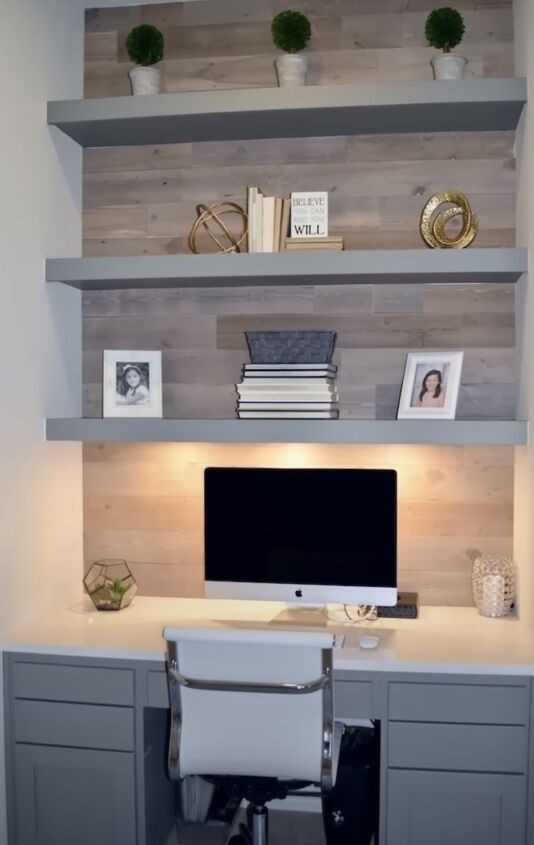














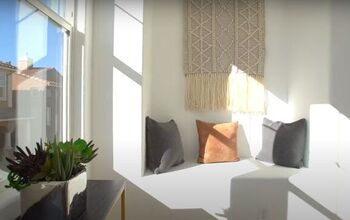
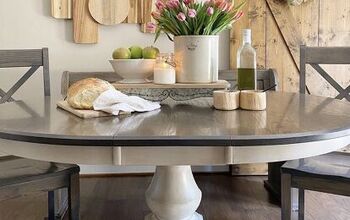

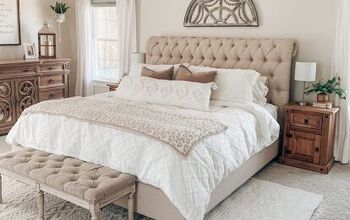



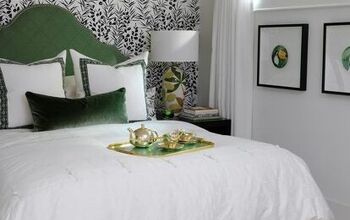



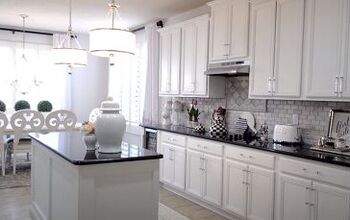
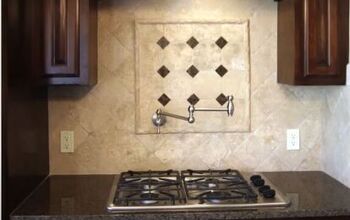
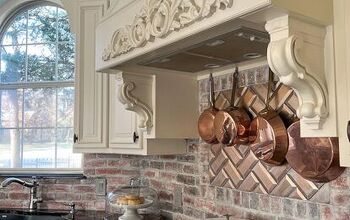
Comments
Join the conversation